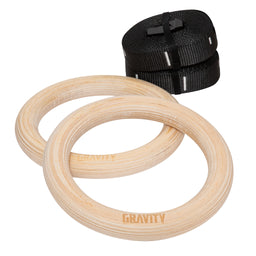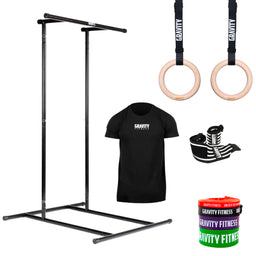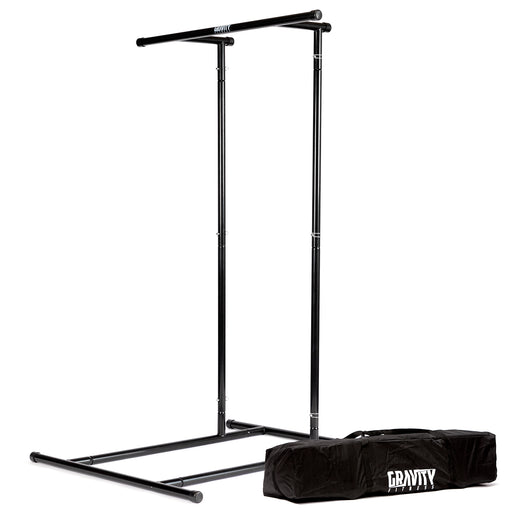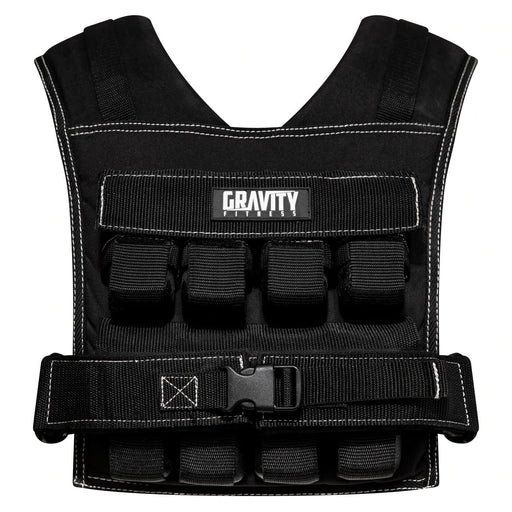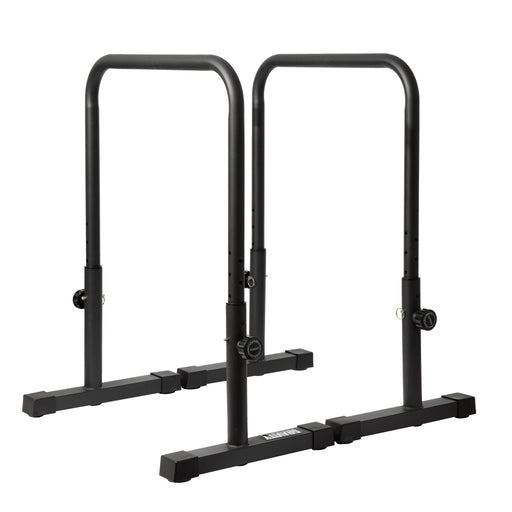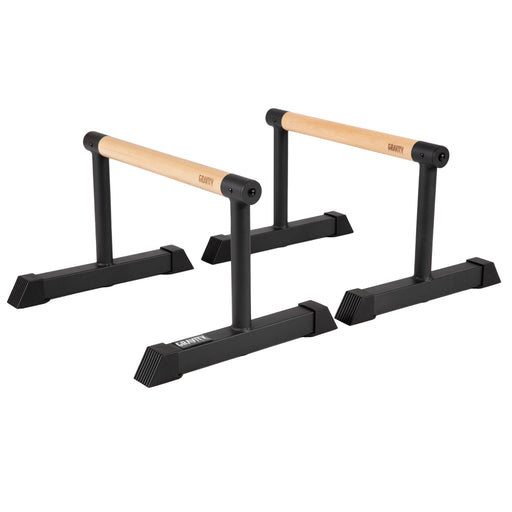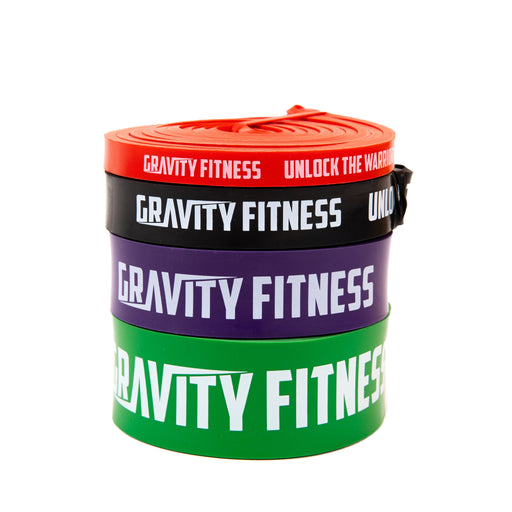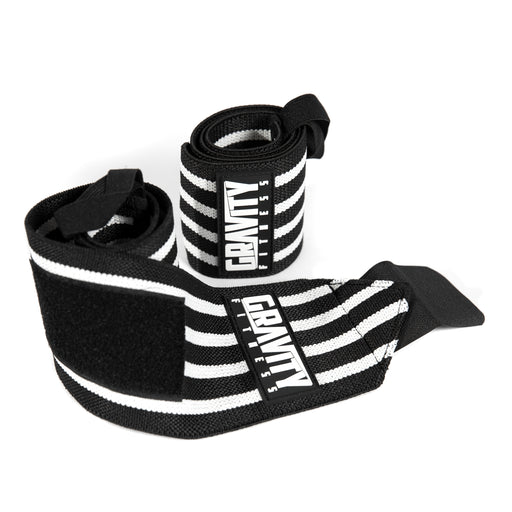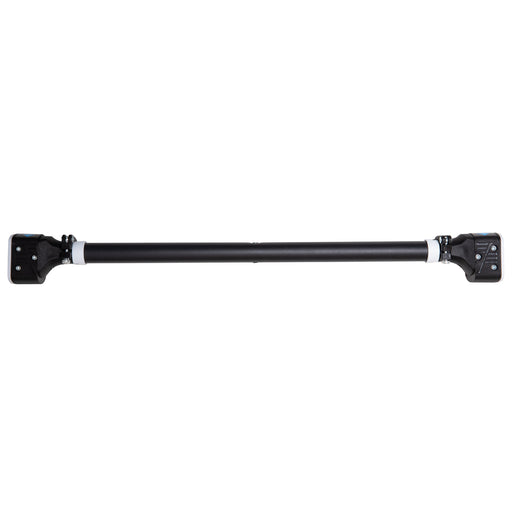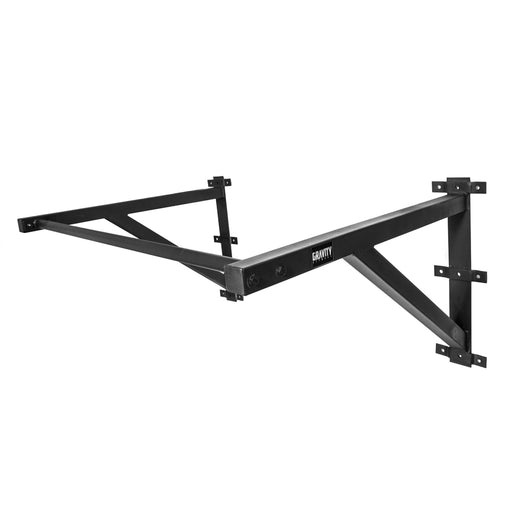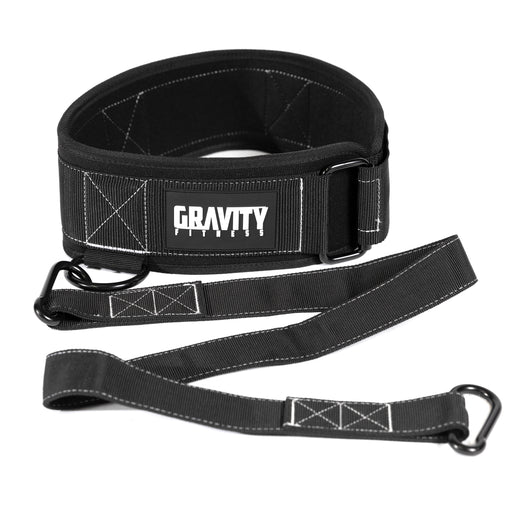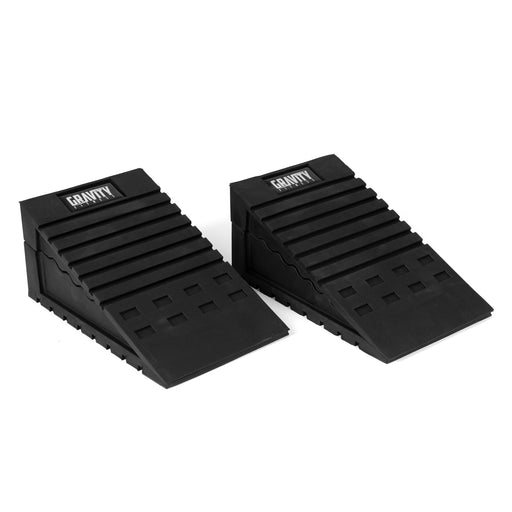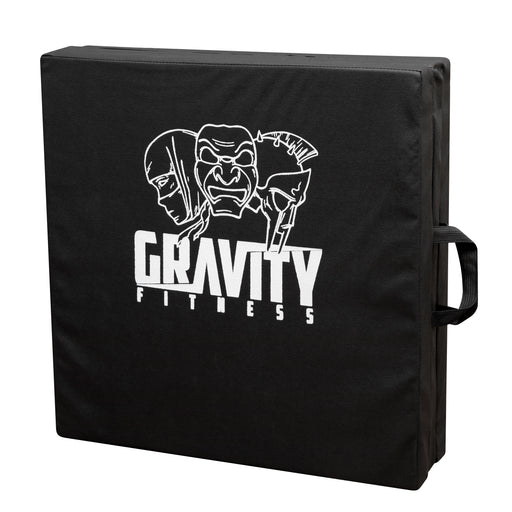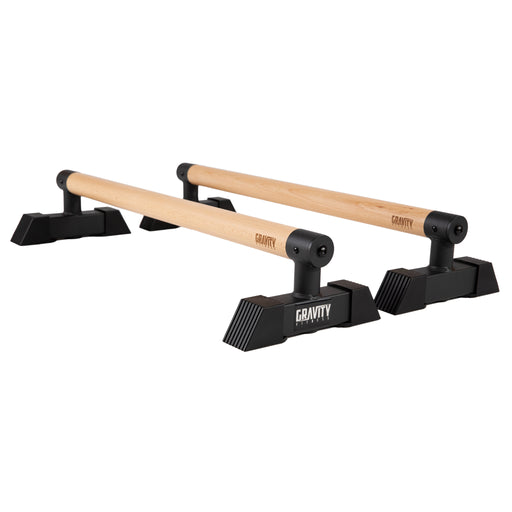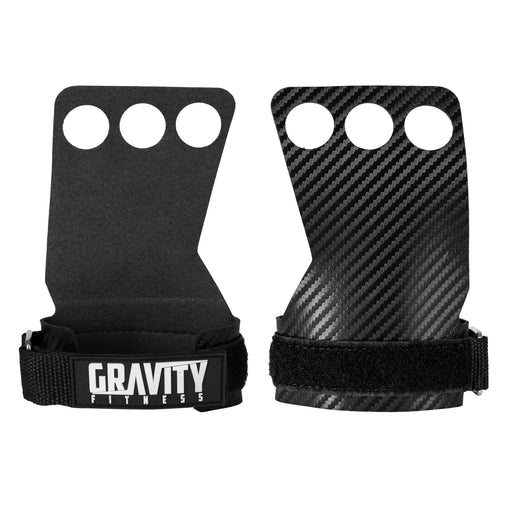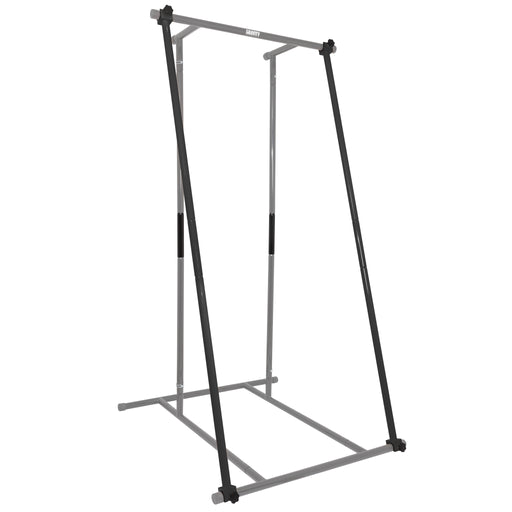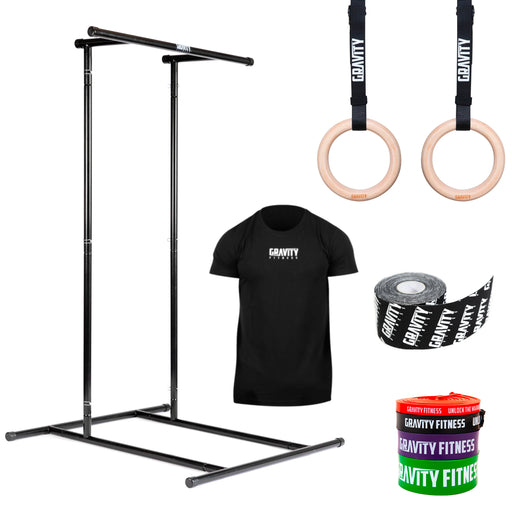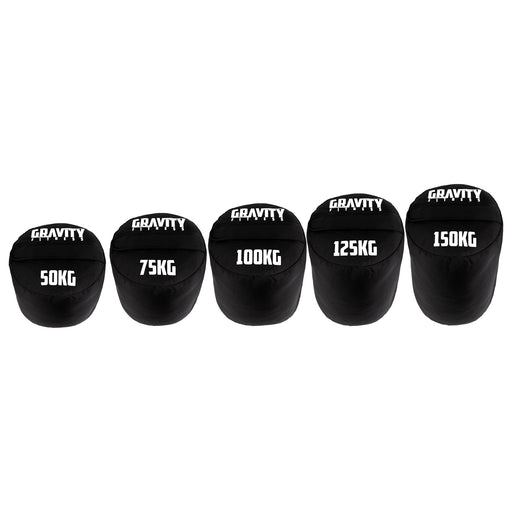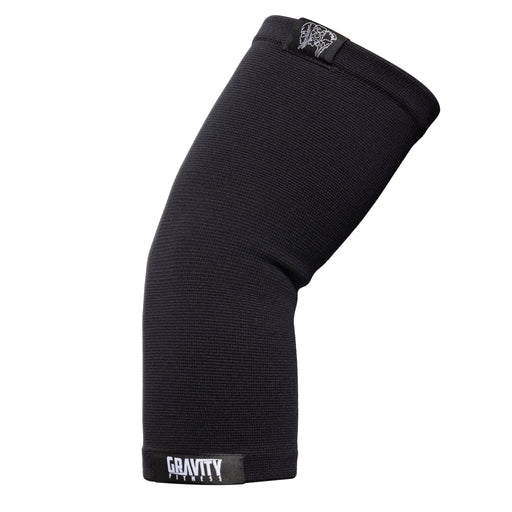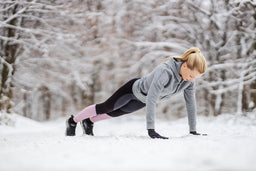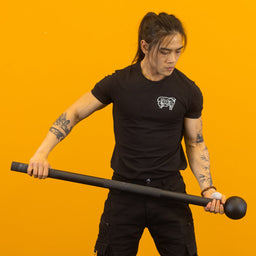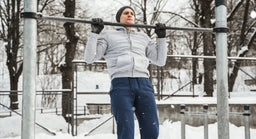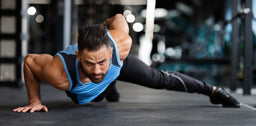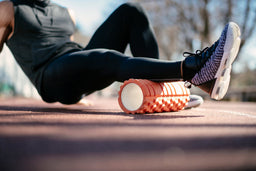
Why Bodyweight Training Beats the Gym: The Science Behind Calisthenics
Let’s be real—there’s something raw, honest, and brutally effective about lifting your own bodyweight. No fancy machines. No ego-lifting. Just you versus gravity.
At Gravity Fitness, we’ve built our entire philosophy around one core belief: your body is the most powerful training tool you own. And the science? It’s finally catching up to what calisthenics athletes have known all along.
Here’s why bodyweight training doesn’t just hold its own—it outperforms traditional gym routines in more ways than one.
Built-In Functional Strength
Muscle isn’t just about how much you can lift—it’s about how well you can move.
Bodyweight training uses compound, multi-joint movements (think pull-ups, push-ups, dips, levers) that closely mirror real-world demands. You’re not isolating muscle groups for the sake of aesthetics—you’re building a body that moves with precision, coordination, and control.
The research backs this up:
A 2019 study in the Journal of Strength and Conditioning Research found that calisthenics athletes displayed greater neuromuscular coordination and relative strength than machine-trained individuals. In short, calisthenics builds smarter strength.
Greater Joint Health & Mobility
You can’t bulletproof your body if you're locked into machines with artificial planes of motion. Bodyweight training respects your structure.
Calisthenics promotes active mobility, joint control, and tissue resilience—especially in the shoulders, hips, and spine. Unlike machines that limit range, bodyweight movements encourage it. And that matters.
Science says:
A 2021 review in Sports Medicine highlighted bodyweight protocols as particularly effective in improving functional range of motion, especially when paired with full-ROM exercises like deep squats, bridges, and planches.
Superior Strength-to-Weight Ratio
You can leg press double your bodyweight, but can you pistol squat cleanly? That’s the strength that matters in life and sport.
Bodyweight training develops relative strength—the strength you have in relation to your size. This is a critical factor in sports performance, injury prevention, and longevity.
A 2020 study in Frontiers in Physiology found that athletes with high relative strength had significantly better performance in agility, sprinting, and balance tasks—regardless of their raw lifting capacity.
Better Muscle Activation
Machines isolate. Bodyweight activates.
When you train on rings, bars, or the floor, your body must stabilise itself. That means more motor units firing and more muscles engaged, even during basic movements.
One study from the European Journal of Applied Physiology showed that bodyweight exercises like push-ups triggered greater core and scapular activation than equivalent machine presses.
It’s not just about the prime mover. It’s about the supporting cast, and calisthenics trains them all.
When you rely on your body to train, you learn to read it. You’re not adding arbitrary weight—you’re tuning into effort, fatigue, form, and intent.
This autoregulation leads to fewer injuries and more sustainable progress. You’re not chasing numbers—you’re chasing mastery.
Research published in Strength and Conditioning Journal indicates that autoregulated training systems (like calisthenics) often lead to better long-term gains and reduced overtraining symptoms.
Minimal Kit. Maximal Return.
You don’t need a monthly membership or a garage gym to get strong.
With just a pull-up bar and your own bodyweight, you can build elite levels of strength, control, and athleticism. Calisthenics strips training down to its purest form, and Gravity Fitness is here to equip that simplicity.
Final Thoughts: Gravity Over Gimmicks
Strength isn’t about how much you can lift on a machine. It’s about how well you control your own body.
Calisthenics trains the body and the brain. It builds muscle, resilience, discipline, and confidence. And best of all? It’s accessible to everyone, anywhere, anytime.
